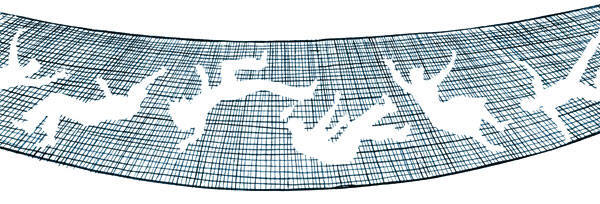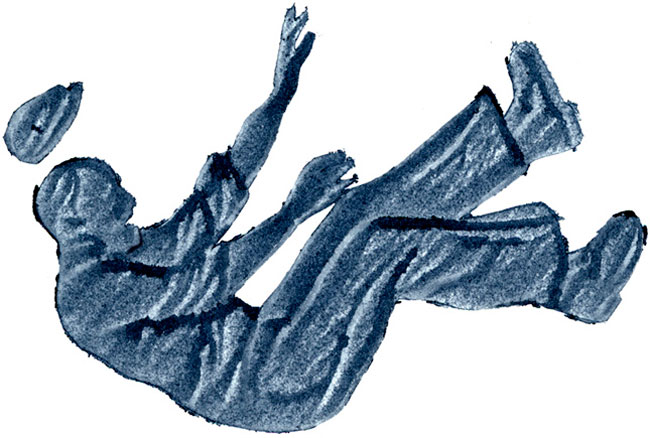| Want to send this page or a link to a friend? Click on mail at the top of this window. |
| Posted November 23, 2008 |
| Week in Review |
| The Nation |
| Will the Safety Net Catch Economy's Casualties? |
 |
|
| ALEX NABAUM | |
|
|
| By STEVEN GREENHOUSE |
|
|
|
 |
|
| ALEX NABAUM | |
|
|
| Wehaitians.com, the scholarly journal of democracy and human rights |
| More from wehaitians.com |